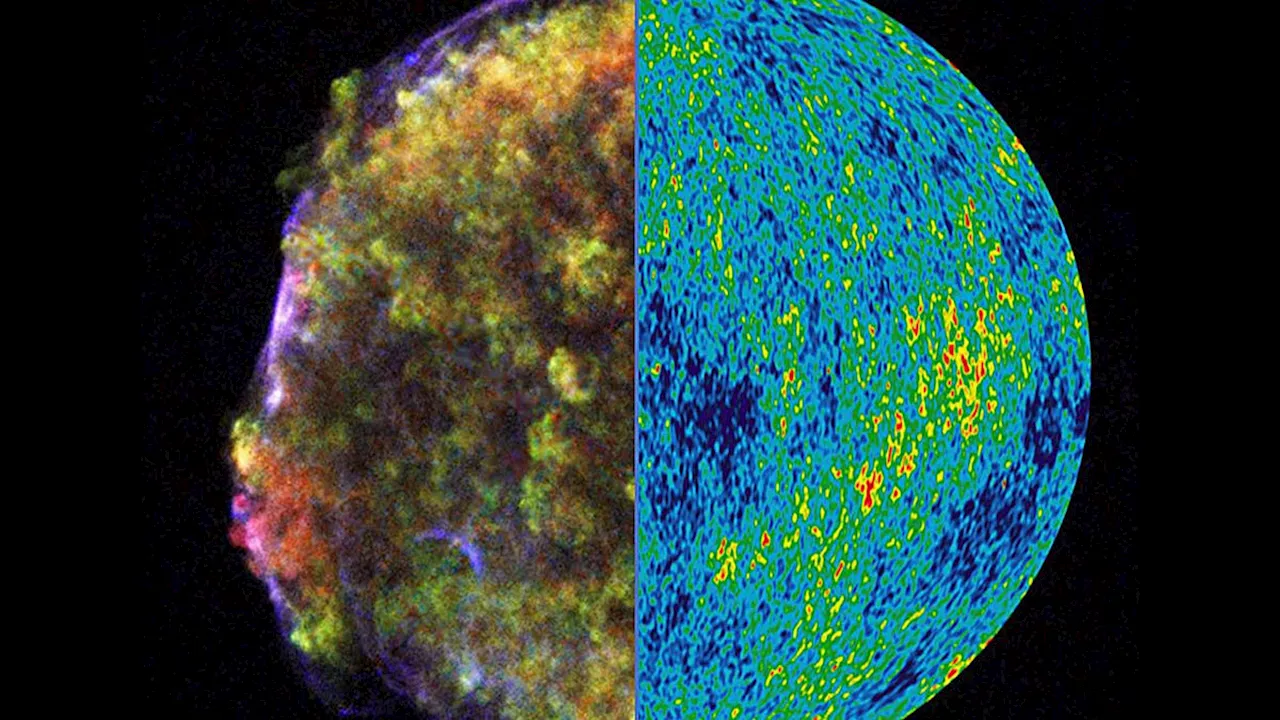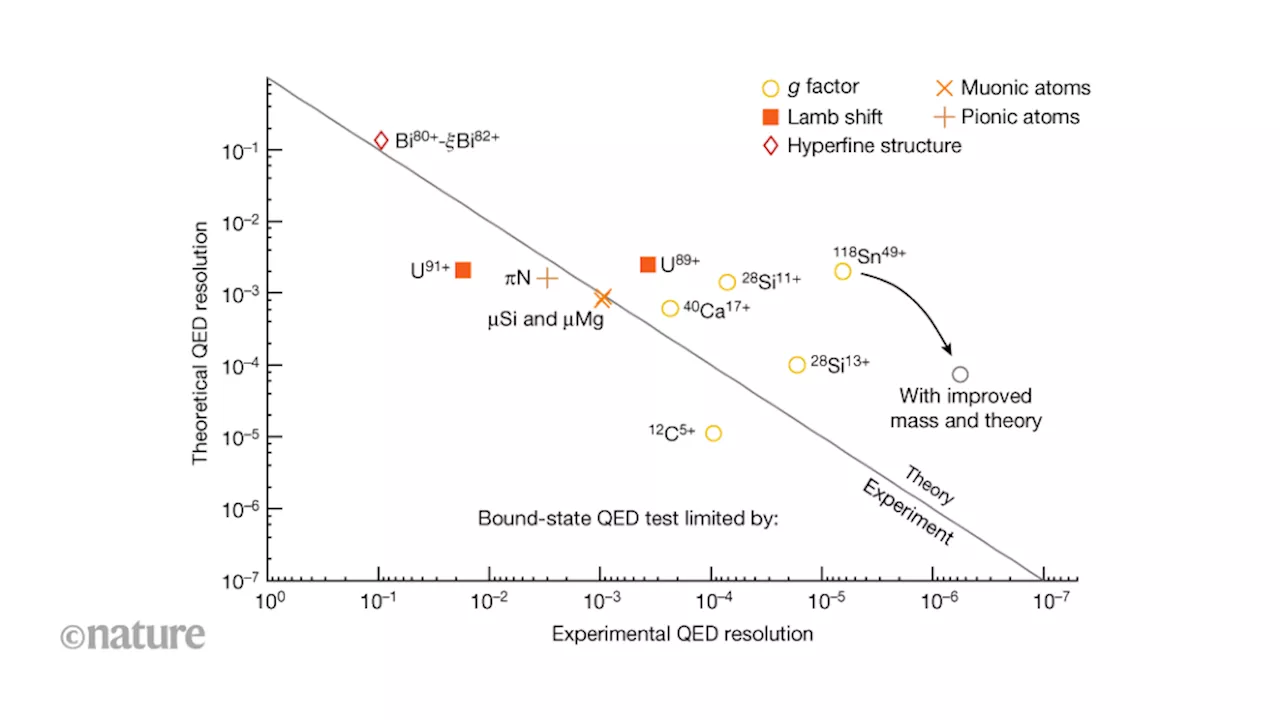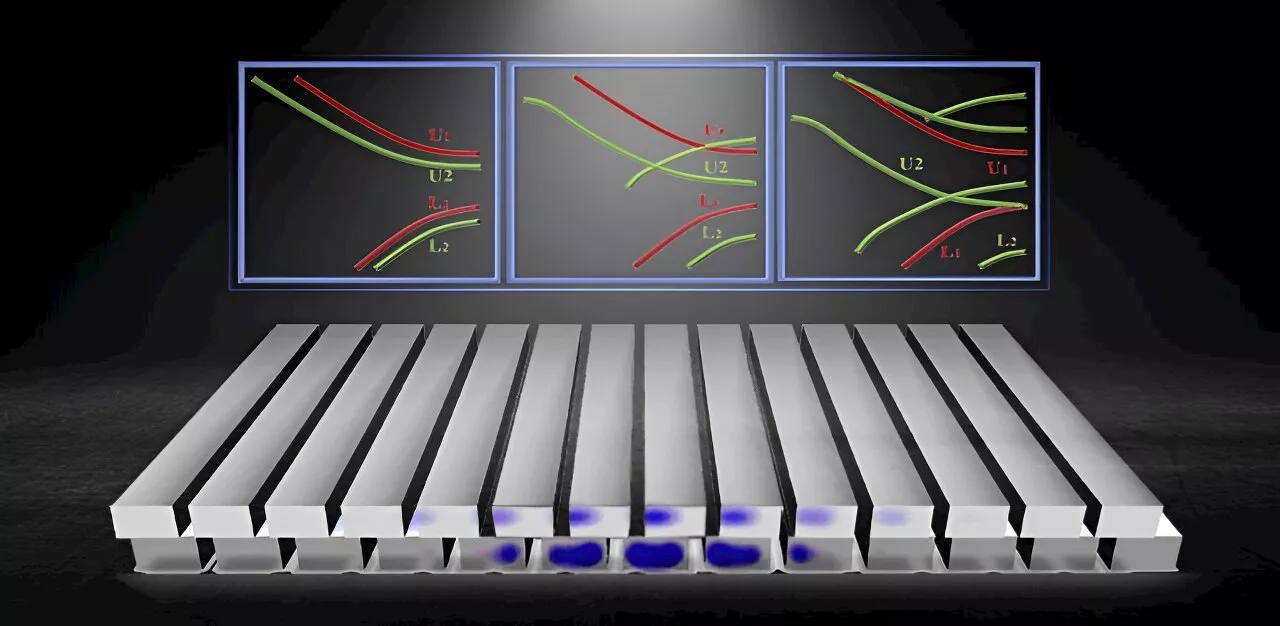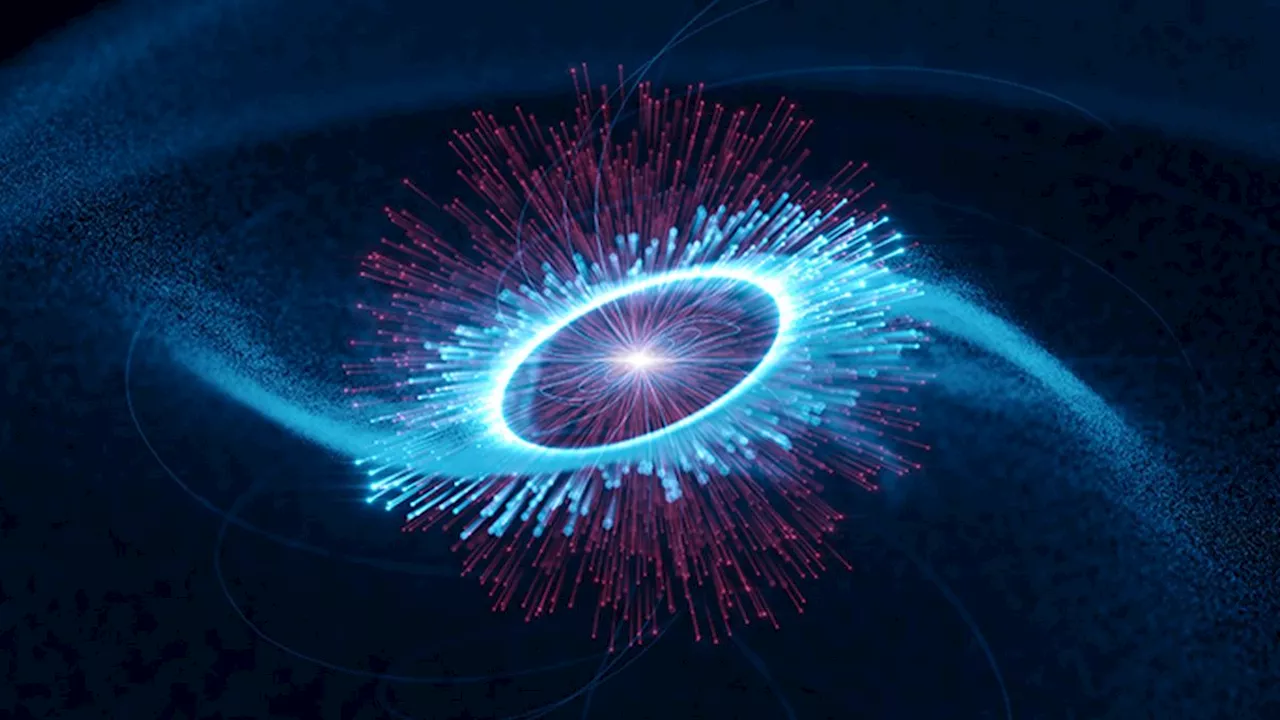Robert Lea is a science journalist in the U.K. who specializes in science, space, physics, astronomy, astrophysics, cosmology, quantum mechanics and technology. Rob's articles have been published in Physics World, New Scientist, Astronomy Magazine, All About Space and ZME Science. He also writes about science communication for Elsevier and the European Journal of Physics. Rob holds a bachelor of science degree in physics and astronomy from the U.K.’s Open University\n
Astronomers have spotted the highest-energy outburst of light from a pulsar ever seen. The discovery could indicate new physics around these incredibly dense, rapidly spinning dead stars.
"We have discovered gamma-ray photons reaching 20 tera electron volts from the Vela pulsar," study co-author Arache Djannati-Ataï, a CNRS researcher, told Live Science via email."These are the highest-energy gamma rays ever detected from a pulsar." This results in an object with a mass between one and two times that of the sun crammed into the width of an average city — around 12 miles . Because a dying star becomes so much smaller when collapsing, many neutron stars spin much faster than their progenitors, like a figure skater drawing in their arms to spin faster, with some neutron stars spinning up to 700 times per second.
Radiation in these cones comes in a variety of forms, from low-energy radio waves to high-energy gamma-rays that can be spotted from Earth using a variety of telescopes. Yet gamma-rays of such high energy have never been seen coming from a pulsar before. It's possible that particles are being accelerated outside the standard light-cone zones around pulsars, or that well-structured magnetic fields exist beyond these standard acceleration zones. Alternatively, the team theorizes that the bulk movement of winds from neutron stars could be accelerating the particles and their emissions.
Deutschland Neuesten Nachrichten, Deutschland Schlagzeilen
Similar News:Sie können auch ähnliche Nachrichten wie diese lesen, die wir aus anderen Nachrichtenquellen gesammelt haben.
 'Remarkably symmetrical' star explosions could reveal the true expansion rate of the universeRobert Lea is a science journalist in the U.K. who specializes in science, space, physics, astronomy, astrophysics, cosmology, quantum mechanics and technology. Rob's articles have been published in Physics World, New Scientist, Astronomy Magazine, All About Space and ZME Science. He also writes about science communication for Elsevier and the European Journal of Physics. Rob holds a bachelor of science degree in physics and astronomy from the U.K.’s Open University\n
'Remarkably symmetrical' star explosions could reveal the true expansion rate of the universeRobert Lea is a science journalist in the U.K. who specializes in science, space, physics, astronomy, astrophysics, cosmology, quantum mechanics and technology. Rob's articles have been published in Physics World, New Scientist, Astronomy Magazine, All About Space and ZME Science. He also writes about science communication for Elsevier and the European Journal of Physics. Rob holds a bachelor of science degree in physics and astronomy from the U.K.’s Open University\n
Weiterlesen »
 Assembly theory explains and quantifies selection and evolutionScientists have grappled with reconciling biological evolution1,2 with the immutable laws of the Universe defined by physics. These laws underpin life’s origin, evolution and the development of human culture and technology, yet they do not predict the emergence of these phenomena. Evolutionary theory explains why some things exist and others do not through the lens of selection. To comprehend how diverse, open-ended forms can emerge from physics without an inherent design blueprint, a new approach to understanding and quantifying selection is necessary3–5. We present assembly theory (AT) as a framework that does not alter the laws of physics, but redefines the concept of an ‘object’ on which these laws act. AT conceptualizes objects not as point particles, but as entities defined by their possible formation histories. This allows objects to show evidence of selection, within well-defined boundaries of individuals or selected units. We introduce a measure called assembly (A), capturing the degree of causation required to produce a given ensemble of objects. This approach enables us to incorporate novelty generation and selection into the physics of complex objects. It explains how these objects can be characterized through a forward dynamical process considering their assembly. By reimagining the concept of matter within assembly spaces, AT provides a powerful interface between physics and biology. It discloses a new aspect of physics emerging at the chemical scale, whereby history and causal contingency influence what exists. Assembly theory conceptualizes objects as entities defined by their possible formation histories, allowing a unified language for describing selection, evolution and the generation of novelty.
Assembly theory explains and quantifies selection and evolutionScientists have grappled with reconciling biological evolution1,2 with the immutable laws of the Universe defined by physics. These laws underpin life’s origin, evolution and the development of human culture and technology, yet they do not predict the emergence of these phenomena. Evolutionary theory explains why some things exist and others do not through the lens of selection. To comprehend how diverse, open-ended forms can emerge from physics without an inherent design blueprint, a new approach to understanding and quantifying selection is necessary3–5. We present assembly theory (AT) as a framework that does not alter the laws of physics, but redefines the concept of an ‘object’ on which these laws act. AT conceptualizes objects not as point particles, but as entities defined by their possible formation histories. This allows objects to show evidence of selection, within well-defined boundaries of individuals or selected units. We introduce a measure called assembly (A), capturing the degree of causation required to produce a given ensemble of objects. This approach enables us to incorporate novelty generation and selection into the physics of complex objects. It explains how these objects can be characterized through a forward dynamical process considering their assembly. By reimagining the concept of matter within assembly spaces, AT provides a powerful interface between physics and biology. It discloses a new aspect of physics emerging at the chemical scale, whereby history and causal contingency influence what exists. Assembly theory conceptualizes objects as entities defined by their possible formation histories, allowing a unified language for describing selection, evolution and the generation of novelty.
Weiterlesen »
 How purposeless physics underlies purposeful lifeEvolution by natural selection peerlessly describes how life’s complexity develops — but can it be explained in terms of physics? A new approach suggests it can. Radical theory explains how physics creates all biology’s complexity.
How purposeless physics underlies purposeful lifeEvolution by natural selection peerlessly describes how life’s complexity develops — but can it be explained in terms of physics? A new approach suggests it can. Radical theory explains how physics creates all biology’s complexity.
Weiterlesen »
 Testing the limits of the standard model of particle physics with a heavy, highly charged ionQuantum electrodynamics, the archetypical theory of electromagnetic interactions, describes the behaviour of charged particles and photons using quantum field theory. Measuring the g factor of a bound electron in a hydrogen-like tin ion (118Sn49+) provides one of the most stringent tests so far of quantum electrodynamics in strong electric fields. Measuring the g factor of a single electron bound to a tin nucleus provides a stringent test of the standard model of particle physics — and anything beyond it.
Testing the limits of the standard model of particle physics with a heavy, highly charged ionQuantum electrodynamics, the archetypical theory of electromagnetic interactions, describes the behaviour of charged particles and photons using quantum field theory. Measuring the g factor of a bound electron in a hydrogen-like tin ion (118Sn49+) provides one of the most stringent tests so far of quantum electrodynamics in strong electric fields. Measuring the g factor of a single electron bound to a tin nucleus provides a stringent test of the standard model of particle physics — and anything beyond it.
Weiterlesen »
 Navigating moiré physics and photonics with band offset tuningWhen two lattices with distinct angles or periodicities come together, they conjure a moiré superlattice—a realm where astonishing phenomena like superconductivity and optical solitons spring to life. At the heart of this realm lies the moiré flatband, a key player in shaping advanced light–matter interactions, such as laser emission and second harmonic generation. In moiré physics and its relevant applications, wielding control over flatbands is a pivotal superpower.
Navigating moiré physics and photonics with band offset tuningWhen two lattices with distinct angles or periodicities come together, they conjure a moiré superlattice—a realm where astonishing phenomena like superconductivity and optical solitons spring to life. At the heart of this realm lies the moiré flatband, a key player in shaping advanced light–matter interactions, such as laser emission and second harmonic generation. In moiré physics and its relevant applications, wielding control over flatbands is a pivotal superpower.
Weiterlesen »
 New 'assembly theory' unifies physics and biology to explain evolution and complexityAn international team of researchers has developed a new theoretical framework that bridges physics and biology to provide a unified approach for understanding how complexity and evolution emerge in nature.
New 'assembly theory' unifies physics and biology to explain evolution and complexityAn international team of researchers has developed a new theoretical framework that bridges physics and biology to provide a unified approach for understanding how complexity and evolution emerge in nature.
Weiterlesen »
